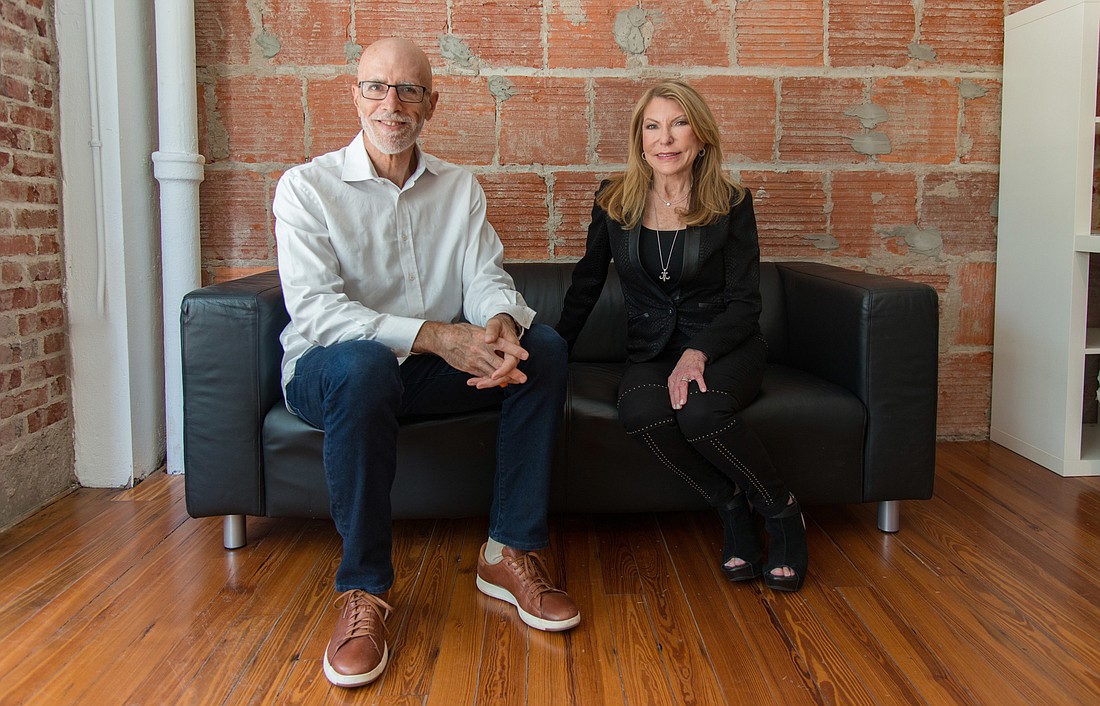- December 16, 2025
-
-
Loading

Loading

Organization: MagnifyGood (agency was CAP Brand Marketing when it did work for Voalte)
Client: Voalte. Sarasota health care technology firm connects nurses and health care workers through voice, alarm and text communications. The company went from startup to a major exit in a little more than a decade, from a 2008 founding to this past March, when medical technology and equipment giant Hill-Rom Holdings announced plans to acquire the company. The deal calls for publicly traded Hill-Rom to pay $180 million in cash, plus up to an additional $15 million connected to the achievement of specific milestones, for Voalte. The acquisition is one of the biggest, in total sale price, for a homegrown Sarasota company in a generation.